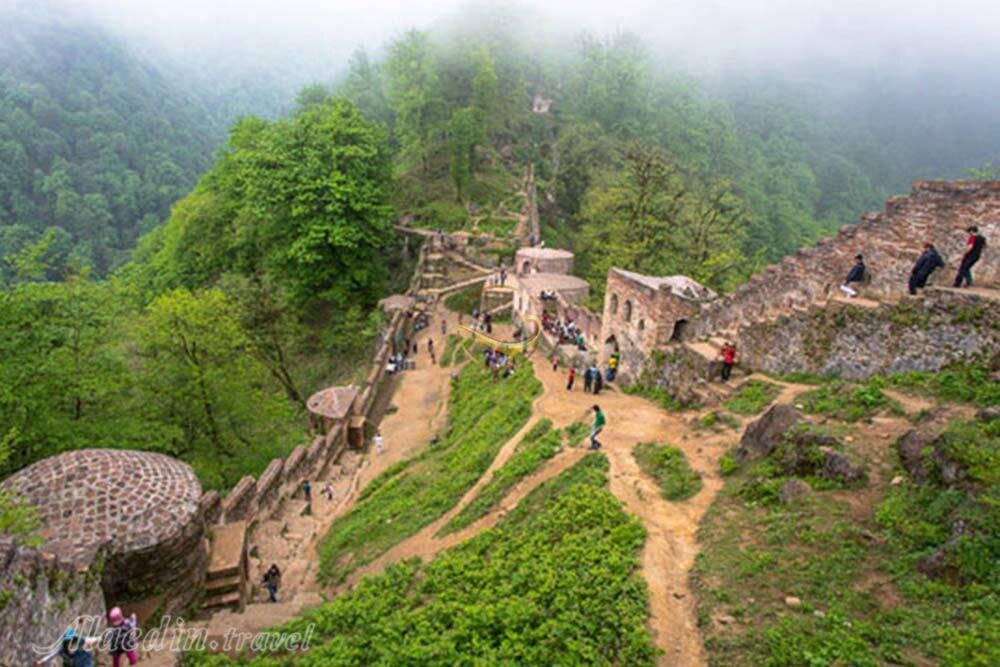Qal’eh Rudkhan, a historical gem in northern Iran, undergoes restoration

TEHRAN – A restoration project has commenced on Qal’eh Rudkhan, which is a top tourist destination in northern Iran.
So far, a (government) budget of 25 billion rials ($50,000) has been allocated to the project, Gilan province’s tourism chief said.
Due to its old age and being located in a humid and forested climate, much damage has been caused to this historical monument over centuries, Vali Jahani added.
Preliminary evidence, uncovered by digging, indicates the foundation of the structure was built in the Sasanian era (224–651) and rebuilt in the Seljuk’s reign (ca. 1040–1157).
“Qal’eh Rudkhan is a historical masterpiece of Gilan,” the official said.
“Due to the prominent architecture and the eye-catching sceneries, and the exceptional location in the heart of Hyrcanian forests, this castle welcomes many tourists from all over Iran and the world every year.”
Talking about the significance and origins of the monument, Jahani said some experts had attributed the establishment of Rudkhan castle to the Sassanid period (or early Islamic era).
The stronghold was rebuilt during the Seljuk period and was used as one of the bases by Ismaili warriors, the official said.
Made of brick and stone, the walled fortress occupies an area of about 50,000 square meters. It is built on two sides of a jagged rocky region, so its architecture benefits from natural mountainous features.
To this day, there is no precise information regarding the date of its construction. However, the monument was continually in use until the Zand Dynasty in the 18th century.
To access the castle, visitors have to pass through a hilly winding route in a dense forest. Upon arrival, a big entrance gate flanked by relatively tall towers welcomes visitors. Stepping inside, there are residential quarters, a bathhouse, and a running spring passing through. This spring was the main water source for the fort but following an earthquake, it ran dry.
The east side of the fort is a bit smaller and has more military characteristics. It consists of two towers, another entrance, a prison, and an emergency exit. Above the north and south walls are several octagonal areas and the deliberate cracks in their walls are assumed to have been for monitoring the adjacent area and shooting arrows at approaching enemies.
Above the front entrance was once an inscribed plaque (which is currently on display in a museum in Rasht) stating that the fort had been renovated for the first time between the years 1539 and 1542 by Sultan Hesamoddin. Historians say that during that time the castle was known as the Hesami Fort.
Though being threatened and even partly eroded by excessive humidity and vegetation rooting in the chinks of its old but lofty walls, the Rudkhan fortress is still standing tall in very good condition as compared to other examples of the same time.
AFM
Leave a Comment